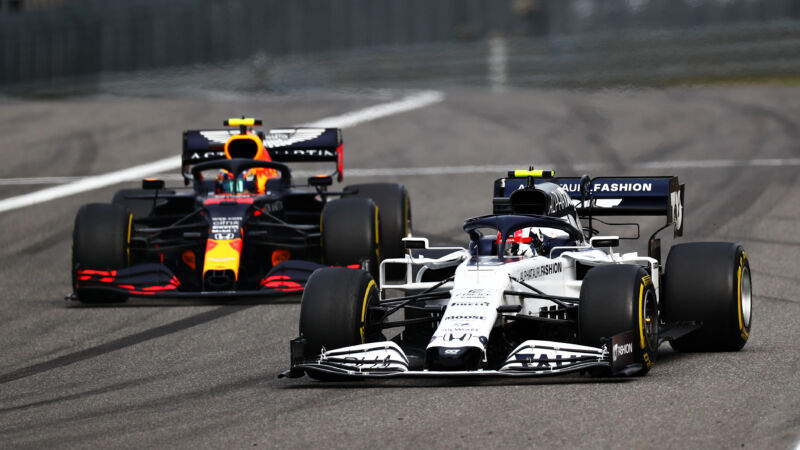-
 chevron_right
chevron_right
F1 wants to ban tire heaters—here’s why that’s a good idea
news.movim.eu / ArsTechnica · Monday, 1 May, 2023 - 21:06 · 1 minute

Enlarge / This is the rear of the Red Bull RB19. I can't find a good photo of it with the DRS flap open, but the bit that says Oracle drops down flat, reducing the amount of drag the wing causes and increasing the car's top speed. (credit: Bryn Lennon - Formula 1/Formula 1 via Getty Images)
Formula 1 held its annual street race in Azerbaijan this past weekend. With its very high-speed track, the city of Baku has seen some rather exciting racing. But that was not the case this year, which proved more soporific than Ambien. But at least one other race was truly entertaining this weekend, as the World Endurance Championship visited Belgium. Watching the two makes me think it's time for F1 to drop a couple of the driver assists.
Part 1: The case for banning DRS
F1's problem this year is one it often suffers from. One team has designed a better car than anyone else, and assuming that team—Red Bull Racing—stays reliable, it's almost certain to win both the drivers' and constructors' championships. It's not Red Bull's fault it did a much better job than anyone else this year, but its advantage is magnified by a techno-crutch that was added to the sport some years ago to try to increase overtaking.
It's called DRS (drag reduction system), and it was introduced in 2011 to address the problem of one F1 car not being able to follow another closely enough through a corner that it could then build up the necessary speed to overtake.


